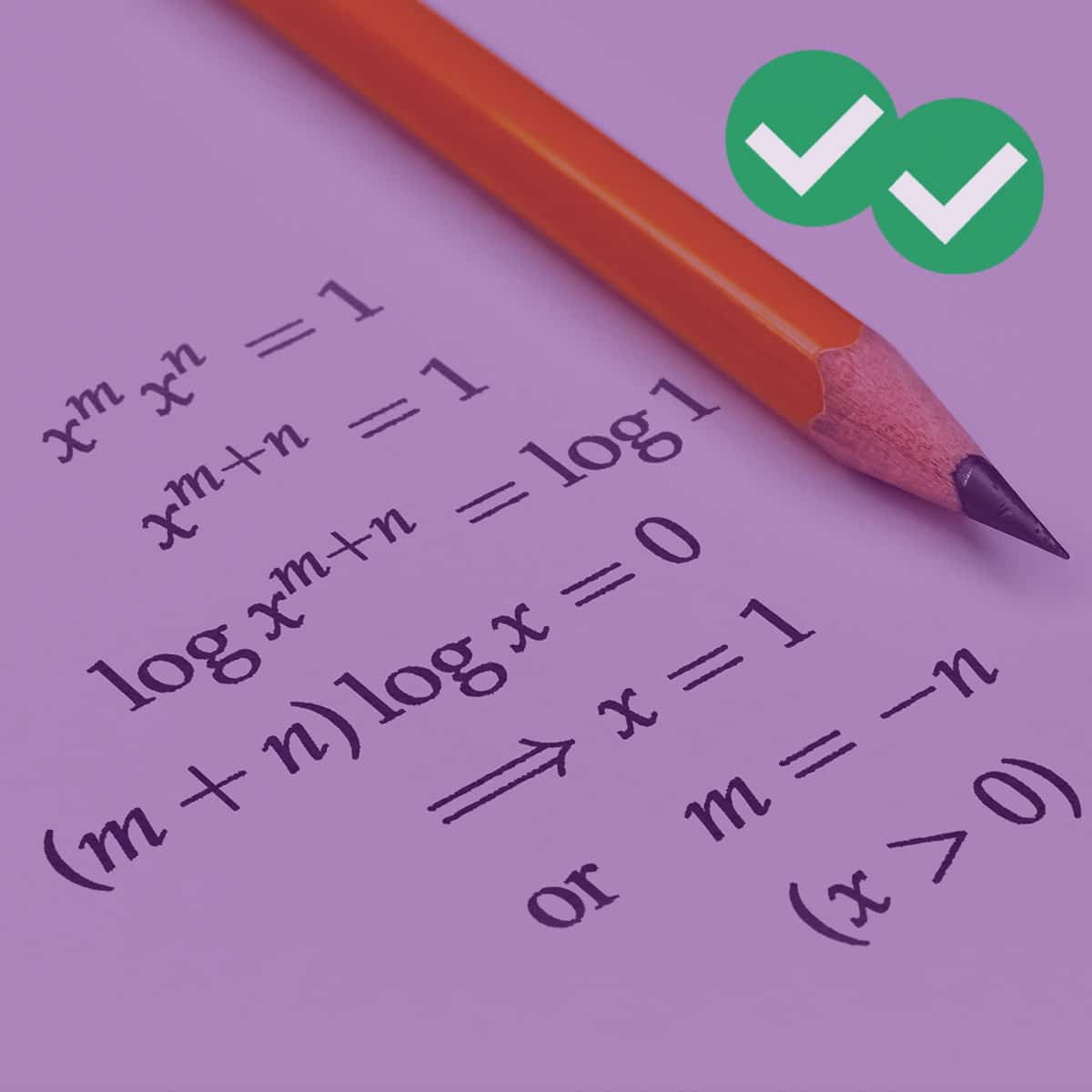Fact: An 8 year old boy who is 4’5″ (53 inches) tall is in the 86th percentile for height for his age.
What on earth does that mean? Well, the percentile of an individual tells you what percent of the population has a value of a variable is below that individual’s value of the variable. For example, to say that a 4’5″ 8 year-old boy is in the 86th percentile for height for his age, we are saying: gather together all 8 year-old boys on Earth, and measure their heights; if you sort out all the 8 year-old boys who have a height less than 4’5″, they will comprise approximately 86% of the population. That boy is taller than 86% of other boys his age – that means he’s in the 86% percentile.
Percentiles is a relatively unlikely topic to see on the GRE, but if it does show up, here are a few handy facts to have up your sleeve.
Biggest and Smallest
A few details to clarify. The individual with the lowest value of the variable, with the minimum value, is not bigger than anyone, so the lowest percentile, the percentile of the rock-bottom minimum, is the 0th percentile. If my score is in the 0th percentile, then I am not higher than anyone.
What’s trickier is the maximum score. If my score is the highest score, I am higher than everybody else, but that’s not the 100th percentile, because in order to be higher than 100% of the population, higher than everyone, I would have to have a score higher than my own score: a paradox! In fact, for this very reason, there’s no such thing as a 100th percentile. The person with the highest score is higher than everybody else, but not higher than herself, so she’s in the 99th percentile. If we are sticking with whole numbers, the 99th percentile is the highest possible percentile. If we go to decimals, we can get higher with the 99.9th percentile (1 out of a 1000), the 99.99th percentile (1 out of 10000), etc.
Median and Quartiles
The median is the middle of a list: the median divides a list into an “upper half” and a “lower half.” This means, the median is higher than the lower half of the population, higher than 50%, so the median is the 50th percentile. Now, we have to be careful here. On a list with only three members — e.g. {2, 4, 7} — the median is the middle number, here 4, but that number is higher than only one number out of three — so 4 is the 33rd percentile of that list. In a technical sense, the median is not always the 50th percentile.
In some sense, though, that’s a specious objection. When there are only 3 members on a list, nobody in their right mind talks about percentiles. When the total number is less than a few hundred, there’s seldom talk of a percentile. Percentiles, by their very nature, are a way to make sense of tens of thousands, even millions of individuals. How many 8 year-old boys are there on Earth? Who knows, but it’s certainly a very very large number. That’s where percentiles are used in practice.
When the number of folks in the group is that large, then for all intents and purposes,the median is the 50th percentile. If you are familiar with the idea of quartiles, then the first quartile is the 25th percentile and the third quartile is the 75th percentile, again, when the group sizes are truly huge.
Practice Questions
1) Sasha took a nationwide standardized test that is graded on a scale from 20 to 60. Sasha got one of the best scores recorded on that this test.
Column A Column B
Sasha’s score the percentile of Sasha’s score
(A) The quantity in Column A is greater.
(B) The quantity in Column B is greater.
(C) The two quantities are equal.
(D) The relationship cannot be determined from the information given.
2) Alice took nationwide standardize test that is graded on a scale from 0 to 100. Alice scored the highest score recorded on this test.
Column A Column B
Alice’s score the percentile of Alice’s score
(A) The quantity in Column A is greater.
(B) The quantity in Column B is greater.
(C) The two quantities are equal.
(D) The relationship cannot be determined from the information given.
3) A large distribution of score is normally distributed
Column A
score that’s one standard deviation above the mean
Column B
score that has the 80th percentile
(A) The quantity in Column A is greater.
(B) The quantity in Column B is greater.
(C) The two quantities are equal.
(D) The relationship cannot be determined from the information given.
Practice Questions Answers and Explanations
(1) B; (2) D; (3) A;
1) We know that Sasha is near the top of the scoring distribution, so that would mean a score with a percentile close to the 99th percentile. Because of the scoring scale, the score is not going to be above 60, so the percentile is clearly bigger. Answer = B.
2) Alice got the highest score, so by definition, that’s the 99th percentile. What we don’t know is: how hard was this test? What score was the highest score? If it was a particularly challenging test, it could be that the highest score anyone achieved was only, say, a 73. In that case, the percentile would be greater. If, on the other hand, it was possible to get a perfect score, and Alice did in fact do that, then her score of a 100 would be greater than the percentile. We don’t have enough information to decide. Answer = D.
3) Here, it might be helpful to brush up on Normal Distribution. On a normal distribution, it’s always true that 68% of the populations lies within one standard deviation of the mean. That means, half of that, 34%, lie between the mean and one standard deviation above the mean. The score that is one standard deviation is higher than the 34% between the mean and one standard deviation above the mean, as well as than the 50% below the mean. That means, a score that lies one standard deviation above the mean is the 50 + 34 = 84th percentile. Thus, it’s higher than a score in the 80th percentile. Answer = A.






Leave a Reply